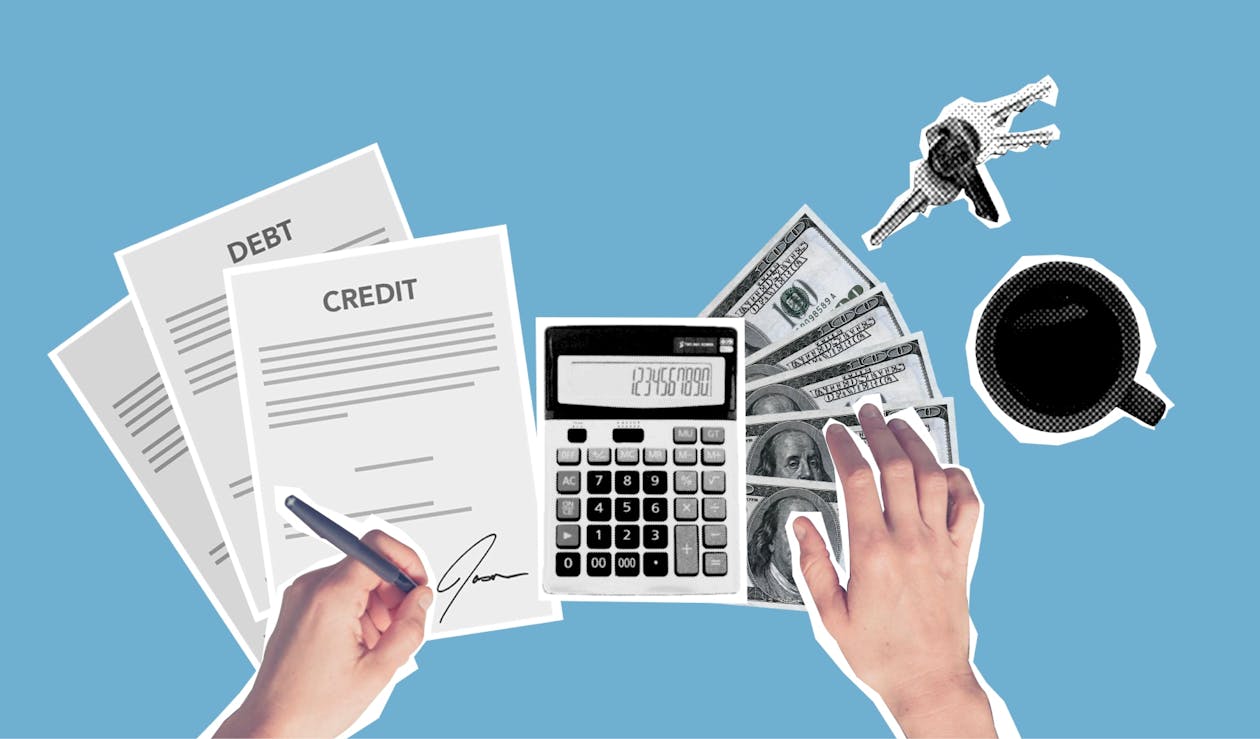In the fast-paced trucking world, managing your cash flow isn’t just good practice—it’s your lifeline. Considering the fact that trucks lug around 72.6% of the nation’s freight by weight, they hold a significant role in our economy. Therefore, if you’re a freight owner, having your finances in order is not just a standard procedure, it’s crucial.
Operating your trucks or overseeing a fleet requires precise financial management for sustainability and growth. This involves smart decision-making, adhering to regulations, and focusing on profit enhancement.

Understanding Owner-Operator Tax Deductions
A pivotal element in the financial management for freight owners revolves around the comprehension and application of owner operator tax deductions. This endeavor extends beyond the mere avoidance of financial loss; it encompasses the meticulous management of tax obligations as well.
For owner-operators, mastering tax deductions can significantly influence your financial landscape. Diligently cataloging each expenditure and maximizing available tax deductions can enhance your business’s capital while simplifying tax obligations.
For independent operators in the logistics sector, an array of tax deductions awaits your claim. These deductions cover various expenses, including fuel costs, maintenance charges, insurance fees, and the depreciation of assets. By meticulously documenting every transaction, you can approach tax season prepared to assert your entitlements, thus ensuring your business remains financially robust and navigates smoothly.
Implementing a Systematic Record-Keeping Process
Maintaining orderly records is essential for managing your financial health effectively. Organizing financial records simplifies tax preparation and is crucial for audits. Keeping essential documents like invoices, receipts, shipping documentation, and mileage records is also vital.
Moreover, technology plays a pivotal role in streamlining your accounting practices. A variety of digital tools and applications are available to alleviate the burden of manual record-keeping. These technological solutions reduce errors and offer features like expense monitoring, invoice creation, and financial reporting, thereby enhancing your financial oversight.
Embracing Technology for Streamlined Bookkeeping
In the current era of digitalization, the integration of modern technologies significantly transforms the approach to bookkeeping for individuals in the freight sector. The implementation of specialized accounting software, applications accessible through smartphones, and services based on cloud computing allows for the automation of routine bookkeeping tasks, increases the precision of financial data, and provides instant access to financial health indicators.
These digital tools come equipped with functionalities such as monitoring expenses, generating invoices, and compiling financial reports, thus enabling freight operators to oversee their economic activities with ease, irrespective of their location or the time.
The shift towards digital resources not only streamlines administrative processes and minimizes errors caused by manual intervention but also fosters better collaboration with financial advisors and strengthens the foundation for informed business decisions. This strategic move towards digital adaptation contributes to elevated efficiency and financial success within the logistics domain.
Regularly Reconciling Accounts
Ensuring accuracy in your financial records necessitates periodic reviews of your accounts. Consider this process akin to verifying your bank transactions against your liabilities or receivables to identify any discrepancies or errors. Cultivating the practice of frequent reviews allows for the early detection of any anomalies, facilitating timely resolution and preventing potential complications.
In the logistics and transportation sector, maintaining orderly financial management is crucial. Regular oversight of your financial statements provides a comprehensive overview of your cash movements, identifies outstanding receivables that require follow-up, and tracks expenditures.
Monitoring Cash Flow and Budgeting Wisely
Ensuring a meticulous overview of financial transactions—understanding your cash flow —is imperative for maintaining solvency, more so within the logistics domain. Constructing a predictive financial blueprint that prepares for imminent expenditures, earmarks funds for governmental dues and unforeseen events, and allows for fiscal agility, is vital for steadying yourself on the economic tightrope prevalent in this sector.
By scrupulously surveying financial currents and committing to a judiciously crafted budget, you can sidestep fiscal hazards and navigate with assurance through the fiercely competitive realm of freight logistics.
Seeking Professional Guidance and Support
Understanding the financial intricacies of managing a freight enterprise and maintaining tax compliance can be complex. Consulting with accountants or tax advisors familiar with the transportation industry is advisable.
Ensuring that the professionals you engage possess substantial experience with similar businesses is crucial. Collaborating with seasoned experts allows for a degree of confidence that your financial affairs are being managed competently. Investing in such advisory services can be a prudent decision for the fiscal health and longevity of your business.

Final Thoughts
Mastering the process of financial record-keeping is essential for individuals managing freight businesses. It ensures their financial health, aids in compliance with taxation regulations, and lays the groundwork for future prosperity. Embracing these essential tips will equip freight business owners with the necessary skills to proficiently manage their finances and thrive in their endeavors.






























